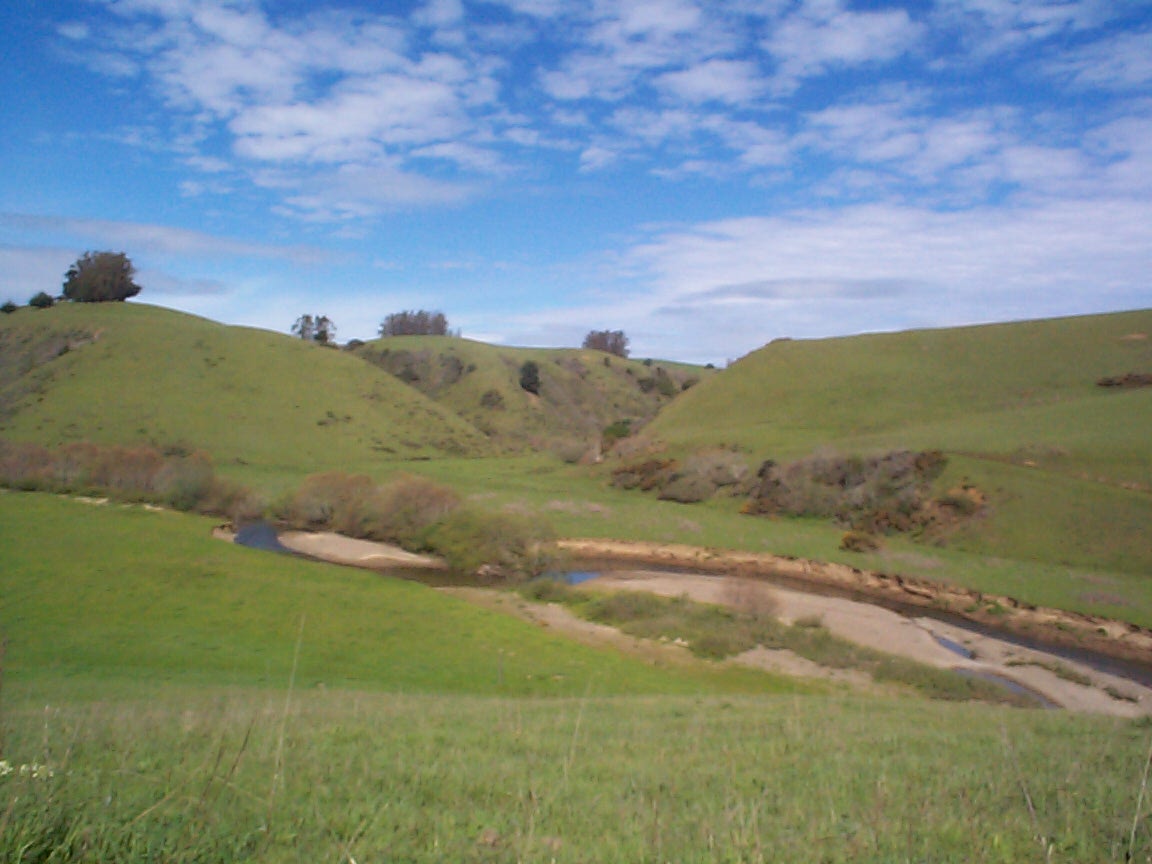Walker Creek Mercury TMDL
On September 29, 2008, the U.S. Environmental Protection Agency approved the Basin Plan amendment incorporating a TMDL for mercury in the Walker Creek and Soulajule Reservoir watersheds. This amendment had been adopted by the Regional Water Board in January 2007 and became effective on September 11, 2008 when it was approved by California's Office of Administrative Law.New - April 2024 Report on 2021 Fish Mercury Data from Select Reservoirs
In 2021, the State Water Resources Control Board’s Safe to Eat Workgroup (“STEW”) sampled fish from many reservoirs to assess their contaminant concentrations, particularly mercury. The San Francisco Bay Regional Water Quality Control Board contributed funds to this program for additional fish collection and mercury analysis from five reservoirs throughout the San Francisco Bay region—Calero Reservoir, Camden Percolation Pond North, Lafayette Reservoir, Shadow Cliffs Reservoir, and Soulajule Reservoir.
For all 2021 data, small prey fish and larger sport fish caught in either Calero and Soulajule Reservoirs had higher mercury concentrations than fish from the other reservoirs. The higher fish tissue concentrations in Calero and Soulajule Reservoirs are likely caused by the impact of upstream mercury mines. However, it is important to note that large sport fish tissue mercury concentrations in all five reservoirs were higher than the Statewide Sport Fish Mercury Water Quality Objective. Only prey fish caught in Calero and Soulajule Reservoirs exceeded the Statewide Prey Fish Mercury Water Quality Objective.
TMDL Implementation Status (updated June 2019)
Tomales Bay Grazing Waiver ProgramThe Tomales Bay Grazing Waiver Program helps to reduce erosion along Walker Creek, which reduces mercury discharges downstream. This program also implements the Tomales Bay Pathogens TMDL and the Tomales Bay Mercury. For more information, please refer to the program page for the grazing waiver program website or the Tomales Bay Pathogens TMDL website.
Water Quality Monitoring in Walker Creek
Staff of the San Francisco Bay Water Board have collected storm samples from Walker Creek to evaluate progress towards meeting the TMDL target for mercury concentrations in suspended sediment, as illustrated in the Water Quality Report Card for Mercury in Walker Creek Watershed. The drought constrained this storm sampling effort, but staff plans to resume sampling in winter 2019-2020.
Soulajule Reservoir
Marin Municipal Water District is continuing its work to address methylmercury in Soulajule Reservoir. In 2018, the District produced the Synthesis of Phase 2 Pilot Studies and Prioritization of Reservoir Management Measures. This report describes and prioritizes a set of potential management methods for controlling methylmercury in Soulajule Reservoir. The District’s next steps are to evaluate these methods for effectiveness and develop a long-term reservoir management plan. The selected management methods must be consistent with water supply management objectives for Soulajule Reservoir, which currently include the following:
- Provide storage and supply for municipal drinking water;
- Achieve flows in downstream Walker Creek to support native anadromous fish (coho salmon and steelhead) required by the Department of Fish and Wildlife; and
- Support appropriate water quality objectives within Soulajule Reservoir and in downstream Arroyo Sausal.
Background:
Walker Creek, located in Western Marin County, California, is a 21-kilometer stream that flows through a former mercury mining district into Tomales Bay. The Walker Creek watershed supports steelhead and coho salmon, a diverse array of wildlife, and recreational fishing in Soulajule Reservoir. Mercury-laden sediment originating from inactive mercury mine sites threatens wildlife such as fish-eating birds, and also humans who consume fish from the reservoir.
|
 |
For more information, contact:
Gerardo Martinez
Water Resource Control Engineer
San Francisco Bay Regional Water Quality Control Board
1515 Clay St., Suite 1400
Phone: (510) 622-1015
Fax: (510) 622-2460
E-mail: Gerardo.Martinez@waterboards.ca.gov


